
Our articles turn up in some unexpected places, but being cited by NASA (National Aeronautics and Space Administration) is a new one for us! A UKC article submitted by Romanian environmental geoscientist, climber and explorer Sergiu Jiduc, 'The Karakoram Anomaly: Glacial Research in Pakistan' about his team's work was cited in NASA's Earth Observatory 'Image of the Day' feature, explaining what happens when glaciers and rivers collide.
It's common knowledge that worldwide, glaciers are shrinking. In contrast, the Karakoram glaciers seem to be stagnating or even growing – a mysterious phenomenon termed the Karakoram anomaly. The Karakoram anomaly is one of the biggest mysteries of glacial science, which could be exacerbating the glacial lake outburst flood (GLOF) phenomena: rapidly advancing glaciers dam river valleys, causing the accumulation of glacial melt-water and increasing the risk of catastrophic glacial floods.
The Karakoram Anomaly Project (KAP) was designed and lead by Sergiu to investigate exactly how the Karakoram anomaly is affecting the probability of glacial lake outburst floods in the Shimshal, and Hunza valleys of the Karakoram, and communicate the risk and potential solutions with the local communities.
Sergiu commented:
'The Karakoram Mountains represent an important region to study surging processes, especially since the return periods of Karakoram glacier surges are poorly quantified. Surging activity needs to be better understood if accurate mass balance assessments of Karakoram glaciers are to be made. As well as recording and interpreting the changes in the glacier, the presence of surges has hazard-related implications such as GLOFs due to the formation of ice dams and thus, the study of this behaviour is of paramount importance given the many lives that are under threat.'
Regarding this latest recognition of his work, he added:
'It's been two years since I returned from Shimshal valley, however it is becoming apparent that I will return to the region often. I am excited to see that NASA and Utrecht University are quoting my work and this emphasises its importance to the scientific and Shimshali communities alike. All of this suggests that mapping out the hazardous areas and building emergency plans for the region is becoming a growing priority.'
We are pleased that the efforts of Sergiu and his team are being recognised and wish them all the best for their upcoming research projects.



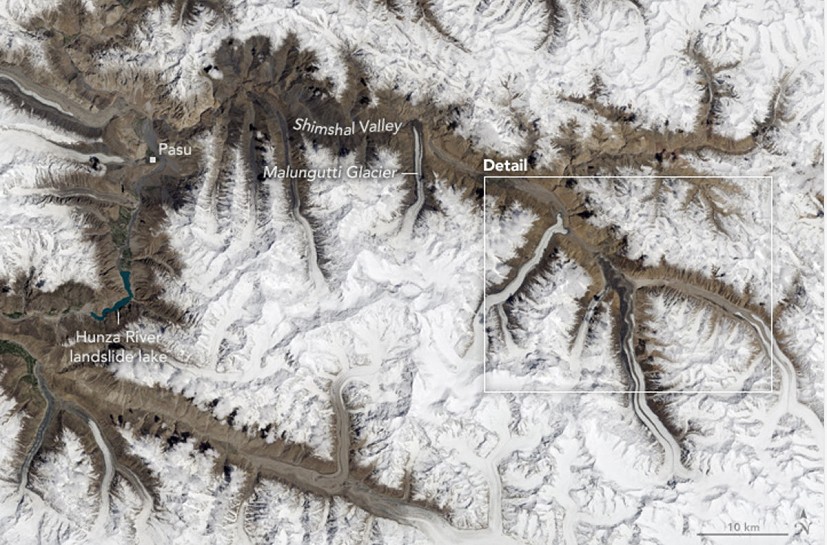



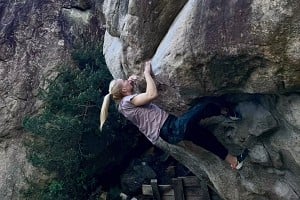



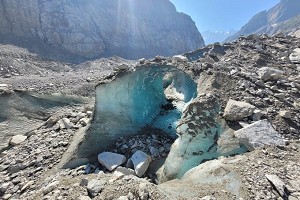
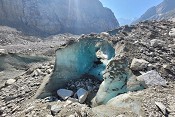

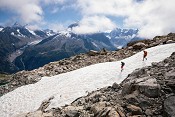
Comments